Do you have a question about the Ricoh Aficio MP 201F and is the answer not in the manual?
| Functions | Print, Copy, Scan, Fax |
|---|---|
| Print Speed (Black) | 20 ppm |
| Print Resolution | 600 x 600 dpi |
| Copy Speed (Black) | 20 cpm |
| Copy Resolution | 600 x 600 dpi |
| Scan Resolution | 600 x 600 dpi |
| Fax Modem Speed | 33.6 Kbps |
| Paper Capacity | 250 sheets |
| Display | LCD |
| Automatic Duplexing | Yes |
| Max Paper Size | A4 |
| Fax Transmission Speed | 3 seconds per page |
| Scan Speed (Color) | 20 images per minute |
| Interface | USB, Ethernet |
| Operating System Compatibility | Windows, Mac |
| Type | All-in-One Printer |
Configures user-defined text phrases for settings and registrations. Allows up to 40 entries.
Specifies paper sizes for trays 1-3 and bypass tray, and paper types for bypass tray.
Configures Auto Off timer, Energy Saver timer, and auto reset timers for various functions.
Manages network interface settings like IPv4, IPv6, DNS, DDNS, IPsec, WINS, and protocols.
Configures settings for sending files, including SMTP server, authentication, POP before SMTP, and protocols.
Provides tools for managing address book, groups, protection codes, and authentication settings.
Identifies and explains connections for USB, IEEE 1284, Ethernet, Wireless LAN, and Gigabit Ethernet ports.
Provides instructions for connecting an Ethernet interface cable to the machine's port.
Describes how to connect to the machine using a wireless LAN interface board.
Lists network settings required for printer and LAN-Fax functions over Ethernet and Wireless LAN.
Lists network settings for Internet Fax over Ethernet and Wireless LAN connections.
Details network settings for sending email over Ethernet and Wireless LAN.
Explains how to configure network settings using utilities like Web Image Monitor and telnet.
Explains how to configure the machine as a Windows network printer for client access.
Describes setting procedures for network printers in the NetWare environment.
Details connecting the machine as a print server in NetWare 4.x, 5/5.1, or 6/6.5 environments.
Provides instructions for using the machine as a remote printer under NetWare 3.x.
Explains how to check machine status and change settings remotely via a web browser.
Details using the tool to monitor printers and change network interface board configurations.
Procedure to modify network interface board settings using SmartDeviceMonitor for Admin.
Explains how to manage user information, restrict functions, and track usage via SmartDeviceMonitor.
Covers setting up e-mail alerts for printer status like paper jams or toner levels.
Provides instructions for performing remote maintenance and configuration using telnet.
Describes Address Book settings for registering names, e-mail addresses, and fax numbers.
Explains how to register user names, useful for selecting destinations when sending faxes.
Details procedures for authenticating user codes to limit functions and track usage.
Procedure for registering, changing, and deleting fax destinations for telephone or IP networks.
Describes registering e-mail destinations for sending scan files or fax via email.
Explains how to register SMB, FTP, or NCP shared folders for sending scan files or fax.
Guides on registering login credentials for accessing SMTP and LDAP servers.
Explains how to search the address book by name, registration number, user code, or fax number.
Describes how to print files directly from Windows using commands like lpr, ftp, sftp.
Explains network environment setup for printing files directly from Windows.
Details specifying a printer by host name instead of IP address in network environments.
Lists and explains printing commands such as lpr, rcp, ftp, and sftp used from the command prompt.
Explains usage and limitations when operating in Windows Terminal Service environments.
Describes printer usage in a DHCP environment and NetBIOS name registration on WINS server.
Explains how to configure the WINS server for registering NetBIOS names when power is on.
Details the function for dynamically updating DNS records (A, CNAME, PTR) as network changes.
Guides on configuring IEEE 802.1X authentication using Web Image Monitor, including EAP types.
Lists detailed technical specifications for interfaces, protocols, and management functions.
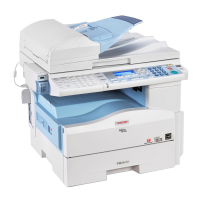
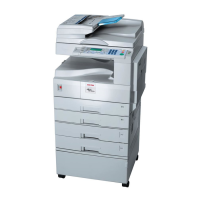
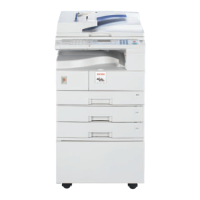
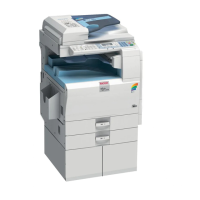
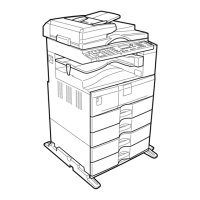
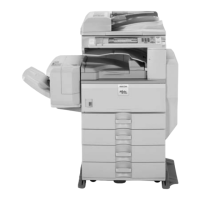
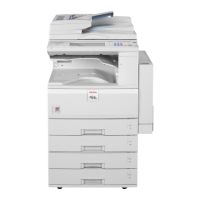


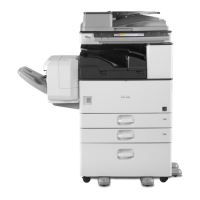
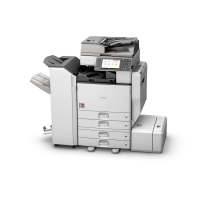
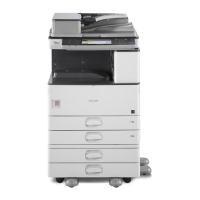
